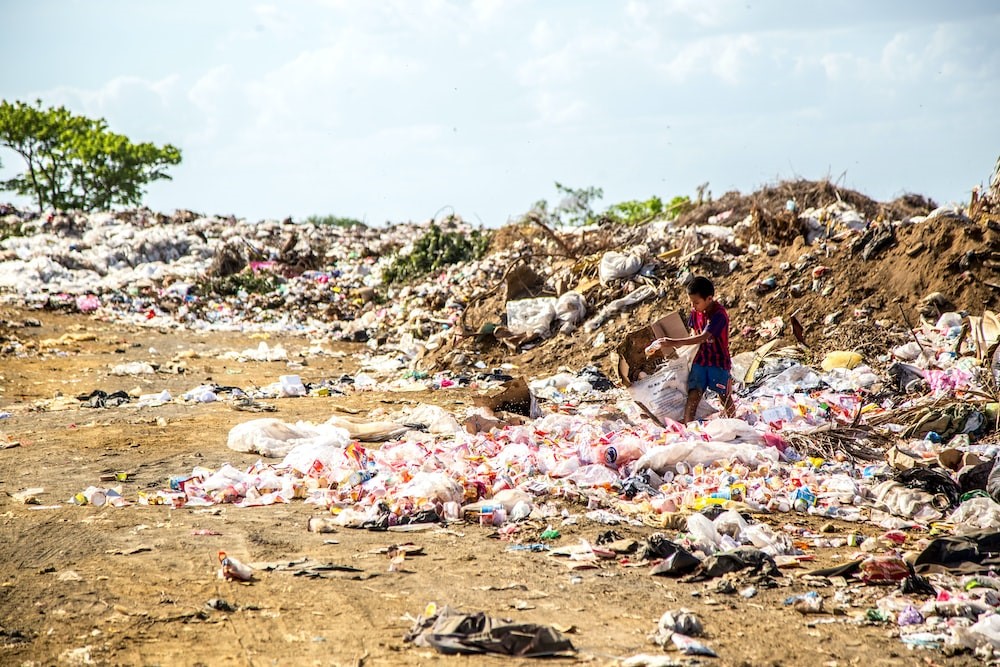What Happens When Medical Waste Contaminates the Environment?
6/22/2023

Medical waste poses various risks to public health and the environment when it is not handled properly. Problems such as disease infection and ecosystem disruption are associated with improper medical waste disposal methods. Let’s explore the effect that this contamination can have on the environment.
Spread of Infectious Diseases
The highest risk of medical waste contamination to the environment is the spread of diseases. Medical waste contains pathogens such as viruses, bacteria, and other microorganisms which are capable of causing illnesses.
Water Pollution
Improper disposal of medical waste contaminates water bodies such as lakes and rivers. As a result, water supply and aquatic life are disrupted. This can have a huge effect on public health and even the death of aquatic life.
Soil Contamination
When untreated medical waste is disposed in landfills, it contaminates the soil and introduces heavy metals which causes soil leaching. As a result, plants and animals, and other microorganisms are adversely affected. The long-term effects on agricultural land are dire ad can cause low crop productivity.
Impact on Wildlife
When medical waste contaminates the natural habitats the wildlife feels the effects. Animals may consume contaminated food and water resources. Ingestion can also cause illnesses, injuries, and even death.
Air Pollution
Incineration procedures can release harmful pollutants such as toxic gases into the atmosphere. This can cause air pollution which will affect the overall environment.
Final Thoughts
Contamination of the environment by medical waste can have adverse risks to public health, ecosystems, and wildlife. There is a need to ensure that effective medical waste management practices are employed in healthcare facilities.
